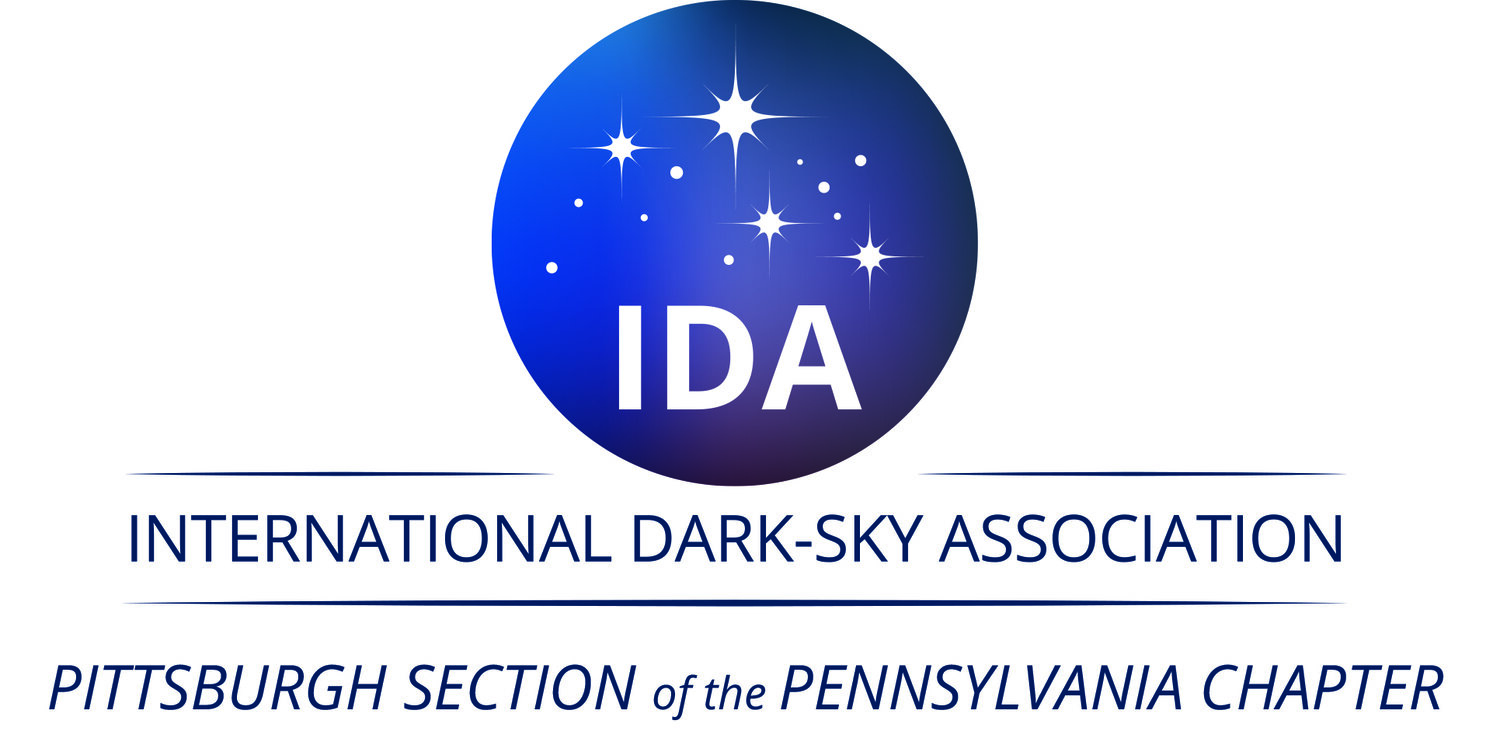Catherine Fielder Interview
Skyglow Obscures the Night Sky for Astronomy
An Interview with Catherine Fielder
“It was apparent when I could not see the object because of its location in the sky and how close it is to the city.”
— Catherine Fielder
By Yiwen Zhu
Catherine Fielder is a Ph.D. student in the Department of Physics and Astronomy at the University of Pittsburgh. As a student of astronomy, Catherine is well-aware of the negative effects of light pollution, particularly in regards to her own research.
At the Grand Canyon after sunset, there’s no light at all in the night sky. Everything was clear when looking up, the stars glittering. Although Catherine Fielder had been observing stars for years, the view she had on this trip as an undergraduate student was one of her most unforgettable experiences.
“It’s nice to see everything in the sky at a location that is not designed for astronomical observation,” said Catherine Fielder, a Ph.D. student in the Department of Physics and Astronomy at the University of Pittsburgh. She focuses on both theory and observational work in astronomy, with the goal of constraining parameters for the Milky Way.
Interviewing Catherine online through Zoom, she was in a different time zone across the world, but a similar passion for the night sky and the experience with skyglow connected us. I was never fully aware of the impact of skyglow until I had this twenty-minute conversation with Catherine, particularly from the angle of observational astronomy.
A horizon view of a city, its orange-lit roads bright in the dusk. The sun has set, leaving behind a dark blue sky and a fading orange strip along the horizon. (Martin Fu (@fuchlomond) via Unsplash)
Curious about how she first realized the impact of skyglow in the field of Astronomy, I asked about her experience coping with light pollution. She realized that skyglow became an issue when she took an undergrad observational astronomy course. She was taught to be independently able to understand how to operate the telescope and take observations through different methods. “It was apparent when I could not see the object because of its location in the sky and how close it is to the city,” Catherine further explained. It’s obvious that serious skyglow due to the city lights interferes with the observation.
The current impact of skyglow is increasingly causing concerns, especially for astronomical studies that need observational results. “It interferes with the telescope, even if you are far from the city,” said Catherine. She talked about her personal experience and explained that researchers need a “really dark sky” to get good data. For the small observatory at her undergraduate institution, although it’s away from the city, she could observe “a little bit beyond the zenith” but not much further, due to the skyglow of the city.
Another example she mentioned, in Arizona, where the city lights were specially designed to mitigate the skyglow issue, she could still see some skyglow effects from the observatory outside the city. Although it was not as serious as other places, this still affected her observations.
Beyond that, another problem caused by skyglow is the planning before observation. As skyglow affects the ground-based surveys, some portions of the sky are not observable. To mitigate the issue, researchers plan carefully because the objects to be observed depend on the location of the telescope. “It’s difficult to find a spot and do the observation,” she added.
A sky full of stars above a range of mountains. Towns are visible in the mountains, lights glowing orange, but this does not affect the visibility of stars in the sky, which is blue with the glow. (Nathan Anderson (@nathananderson) via Unsplash)
Talking about the future of skyglow and possible solutions, Catherine suggested that “raising the public awareness might be the first step.” In general, light pollution is an overlooked issue. Most people may only know that it’s nice to be able to see the stars at night, but they are not aware of its impact on observational astronomy. In Arizona cities, lights are designed to mitigate light pollution. If possible, other cities around the world should make similar changes since there are observatories in every country. The effort can be beneficial to the world.
Astronomy, especially the beauty of our galaxy, can easily attract people, as Catherine mentioned. The twenty-minute conversation expanded my horizon on light pollution, and calls for future actions to mitigate the issue, especially for the field of observational astronomy. If we can show the public the images and the evidence, people may pay more attention to mitigate skyglow.



